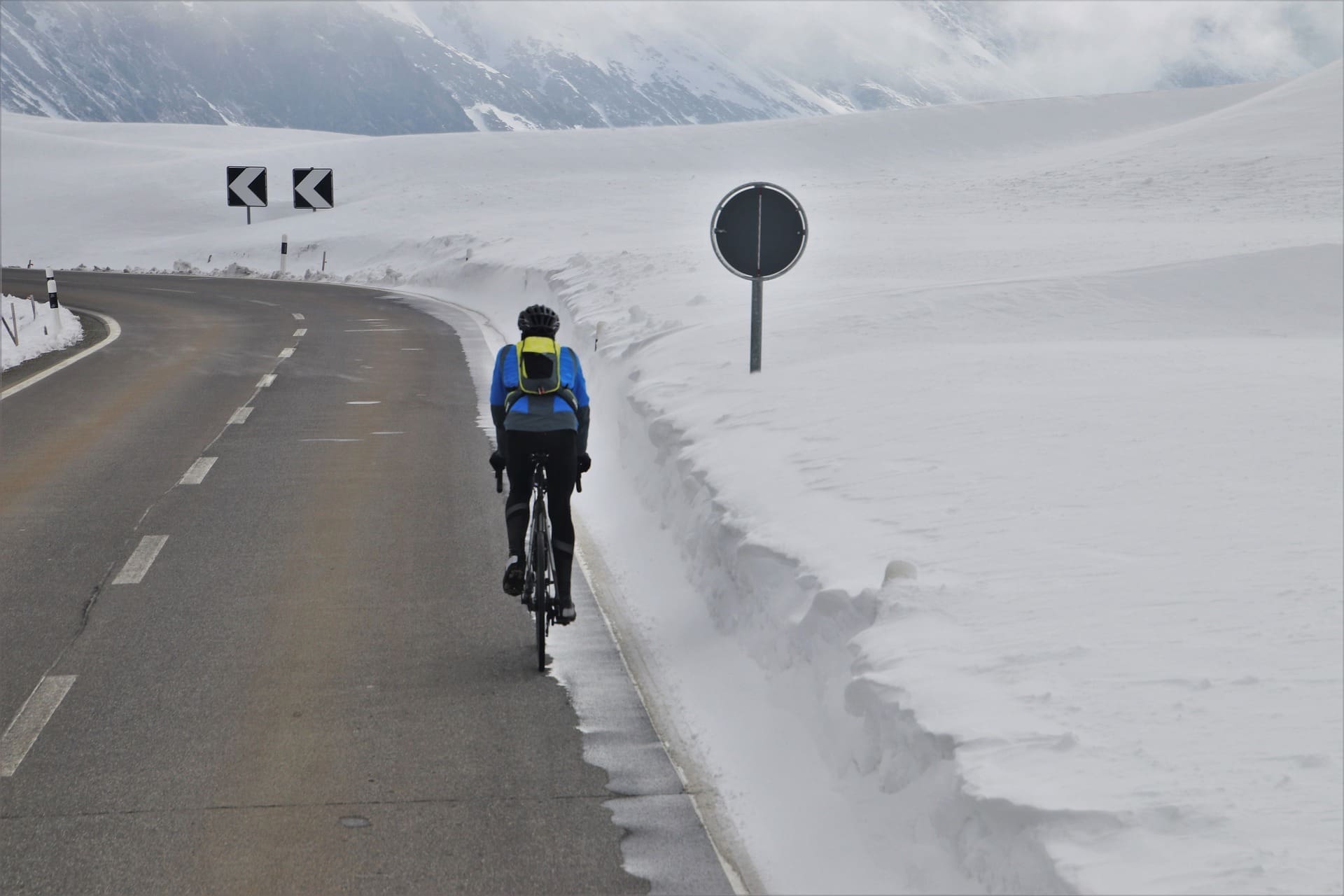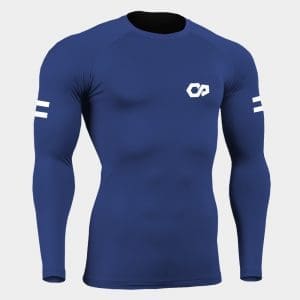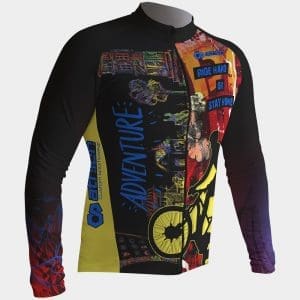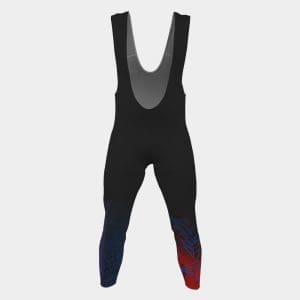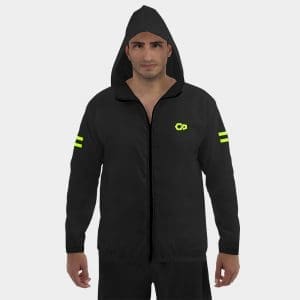Winter can be a beautiful season to bike, even through cold, light rain, and even snow. Winter biking requires some preparation, though. First, you need to get your bike ready for wet weather. You could install a mudguard, check your breaks, put-on winter-appropriate tires, ensure that your lights and reflectors are all set. Then, the most important thing to help you enjoy your winter ride, is choosing your appropriate cycling clothes that will keep you warm and dry without making you sweat – which ultimately will leave you wet and cold.
You might be tempted to use your fleece and waterproof regular sportswear to go cycling. However, any experienced winter rider will tell you that using special cycling clothes is important, as regular winter wear can make you sweat excessively while biking, even at a low temperatures.
Here are a few tips to keep moisture-free, warm, and comfortable during a long winter ride. As a general rule, riding your bike will make warm you up very quickly, and that’s why it is good to dress in layers that you can put on or take off depending on how you feel. In cold weather it is also important to protect your extremities – hands, feet and head.
Start with a warm base layer
Choose a long sleeve thermal base layer with a tight fit that will keep you dry and warm. Choose a soft material with flat cross stitching for extra strength at the seams, that will allow you free movement without risk.
Dry fit antibacterial materials are ideal for the base layer, to wick moisture from sweating away and keep you dry, safe, and…odorless.
Extra Tip: If you are on a long ride, you will probably get sweaty during your ride. Many experienced cyclists pack a second base layer tee to change during their stop before heading back home. This way, you can start your trip back home as fresh, warm, and comfy as you started your ride.
Wear a cycling jacket
A good cycling jacket is made from fast wicking fabric to wick moisture away and protect you from getting cold. Cycling jackets have a full length zipper that allows you to easily adapt to the temperature.
It also should have pockets in the back, to facilitate carrying material (from your mobile phone to a second pair of socks or a light windbreaker. Cycling jackets are specially designed for ease of movement.
This second outer layer is meant to regulate temperature, while being antibacterial and odor resistant, keeping you and your jersey fresh during the ride. It should sit close to the body without being restrictive.
Take care of your hands
Your hands are exposed to cold, wind, and rain during the ride. Extremities are the first areas of your body to feel the cold, and if they do, soon you will feel too cold to ride in general. Protect your hands with windproof, warm winter gloves. Ski gloves can do the job if you don’t wish to invest in special cycling gloves.
If it really is cold, you can add heat packs in your gloves.
Extra Tip: Pack a second pair of lighter gloves with you. You can use them if the weather shifts to warmer temperatures. They will also come handy if you need to repair your bike (change a flat tire or repair your chain), as lighter gloves allow for more finger dexterity.
Choose good quality winter cycling tights
Your legs do all the work when cycling and they deserve a good winter garment that fits tight but without friction, allows movement, is comfortable, and protects from the wind, rain, and spray on the road.
Choose long compression leggings with light straps designed to keep the garment in place under the most demanding conditions. They can have padding for a comfortable long ride. Dry fit material help keep you dry from sweat.
Protect your feet
Just like your hands, your feet are exposed to cold, wind, and rain, but also to mud and spray. Cold feet make for a hardly enjoyable ride.
To protect your feet, you can use winter cycling boots. If you prefer to avoid the expense, invest in good quality thermal socks and thermal shoe covers which allow you to wear your regular cycling shoes, but are windproof and waterproof to keep you dry and warm.
Add heat packs in your shoes to keep warmer, if the temperatures are really low.
Extra Tip: If you are riding off-road, pack an extra pair of socks with you. If you step into a puddle, you will be able to change into dry socks – it can make a huge difference for riding back home…
Keep your head warm and dry
Using glasses during the winter protects your eyes from the sun and wind, but also from possible rain, spray and even mud if you are cycling off-road.
Cycling helmets have several venting openings, which can make your head freeze at low temperatures. There are several options to protect your head. An ear warming band when the cold is not too bad can be enough. A balaclava worn under your helmet is great for colder weather.
Pack a light windbreaker
A waterproof windbreaker is an invaluable addition to your cycling attire. You may not use it much during the ride, but it will prove invaluable if it suddenly rains. When you stop, putting on your windbreaker will protect you from getting cold after the effort, especially if you are sweaty.
The ideal windbreaker is also waterproof, and it is lightweight enough to roll and pack into one of your cycling jacket back pockets.
Stay visible on the road
During the winter the days are short and darkness can fall suddenly. Keep safe from road accidents and collision with cars when visibility is low by using reflectors on your bike and by wearing clothing with reflective bands.
Choose a cycling jacket, windbreaker, and leggings with bright colors and reflective surfaces to always be visible on the road, day or night.



